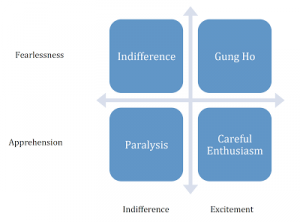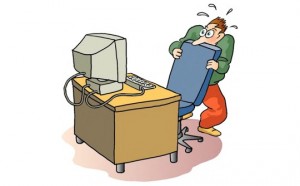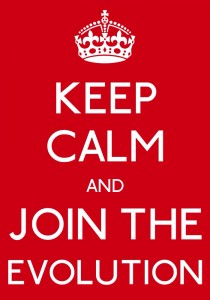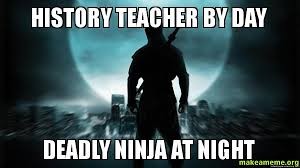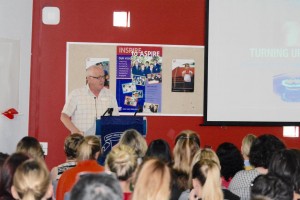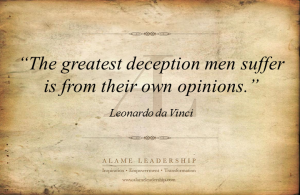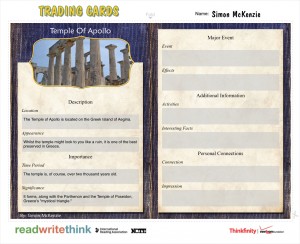(#Bloggermore2015 14/26)
And so boldly I launch into the second half of my self-imposed blogging challenge (I know, I know, it’s October!) On this occasion I want to reference two great posts that I’ve read recently; one from Guy Trainin (@tgite) and the other from the Matt Esterman (@mesterman) “Museum.” In his post “The two emotions that matter when we ask educators to integrate technology,” Guy identifies four teacher responses to the introduction of technology. The powerful graphic below identifies these responses:
Guy emphasises the fact that there is an imbalance between the excitement and apprehension. He suggested that 90% of the educators that he was working with were part of the “Gung Ho” and “Careful Enthusiasm” groups. Whilst I agree that it’s these two groups that we need to cultivate and keep in schools, I suspect that eParalysis is more widespread than we would want to admit. On a daily basis I see teachers unable (or is it unwilling) to complete the most rudimentary IT tasks. This, I believe, is infringing the “digital rights” of students. (*You might like to read my 2014 article from Fractus Learning on these student rights. It is, rather cleverly, called “Declaring the Digital Rights of Students.”)
On a related matter, I also read Matt Esterman’s post “Dropping the e” in which he argues, eruditely and convincingly as always, for removing the e from eLearning. Whilst I frequently read Matt’s “My Mind’s Museum,” this was an occasion when I felt compelled to also post a comment. Naturally, to make sense of my comment, you will need to read Matt’s post first! And no, I’m not being paid for driving traffic to his blog. Here’s what I had to say …
“I too have a cheque book … somewhere. We are in an era where the “screenagers” we teach have a new, ever evolving relationship with their devices. Some argue, I suspect quite rightly, that the device has become an extension of self. For older teachers (I’m an exception) technology is valued primarily as a time saver, for how it can improve our own work life. I detest the labels, most especially “21st Century Learning” … it’s just learning. But the majority will want to keep that damn “e” because they view it as other learning, a different process. My greatest frustration remains the paralysis that overcomes so many when asked to employ technology as a means of accelerating, enhancing or redefining learning.”
Of course, as always, I would welcome your comments. (Alternatively, leave one for Guy or Matt … neither of them suffer from eParalysis and will therefore reply.)
